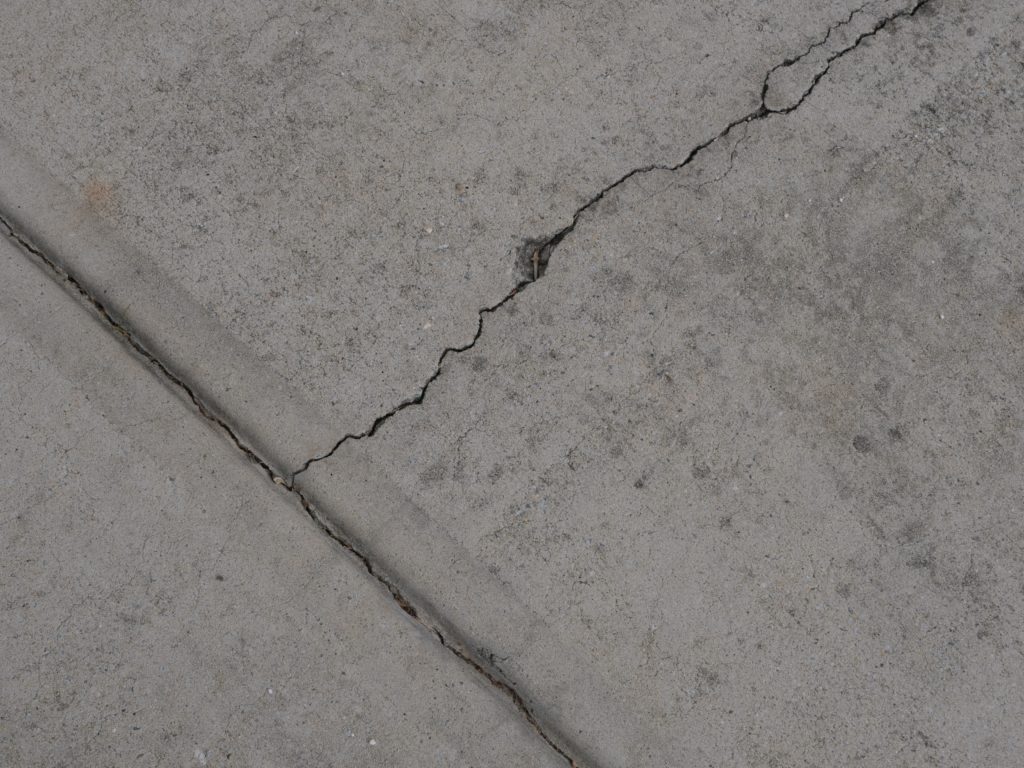
Are you looking for a reliable way to repair those cracked and uneven concrete surfaces around your home or business? With the right knowledge, you can approach these types of repairs with confidence. We will discuss the basics of concrete repairs and explain the different techniques that are used in cement lifting, sandjacking, and polyurethane foam. We’ll also cover some tips on choosing the right contractor for your project as well as common questions to ask before starting any garage repair project. So read on to equip yourself with all the information needed to make an informed decision when it comes to repairing damaged concrete surfaces!
Concrete repair is a task that should not be taken lightly – if ignored, it can lead to serious problems such as cracked foundation walls, or sinking stairs and walkways. As such, homeowners should be vigilant in inspecting the concrete on their property regularly and being aware of when concrete repair is required. Signs that your concrete needs attention could include large cracks, crumbling concrete edges, deterioration of the surface due to age or weather conditions, or water that pools around the area. If any of these issues present themselves then it’s time to call a professional for an inspection and repairs. Prompt attention will save you costly repairs down the line!
There are many different ways to repair concrete problems, depending on the severity and type of damage. One technique is cement lifting, which involves drilling small holes in the damaged area and filling them with a high-strength cement material. Meanwhile, sandjacking utilizes dry sand pumped into the areas beneath slabs of concrete to raise and level them as needed. Polyurethane foam lifting uses a light foaming material to lift sunken or settled areas of concrete. All these techniques provide solutions to various issues while usually being less expensive than a complete tear out and replacement job.
Taking the time to research potential contractors, check references, and ask all the right questions can save time, money, and stress in the long run. Asking around and reviewing online reviews are great places to start when researching contractors. Once you’ve narrowed down your list of potential contractors, it’s important to meet them face-to-face before signing a contract. Ask them about their experience on similar projects, license information, cost breakdowns and expected timeline so that you can make an informed decision. A good contractor will work with you throughout the entire process to ensure complete satisfaction and timely delivery.
We hope that this article has provided you with the information and confidence to approach concrete repairs in your home or business. With a better understanding of the different techniques used for cement lifting, sandjacking, foam lifting and more, you can make an informed decision when it comes time to repair any damaged concrete surfaces. Taking the time to research potential contractors, check references and ask all the right questions will ensure that your project is completed quickly and efficiently while meeting all safety standards. Whether you’re repairing a driveway or fixing up a garage floor, take comfort knowing that there are reliable methods available for every type of concrete repair!